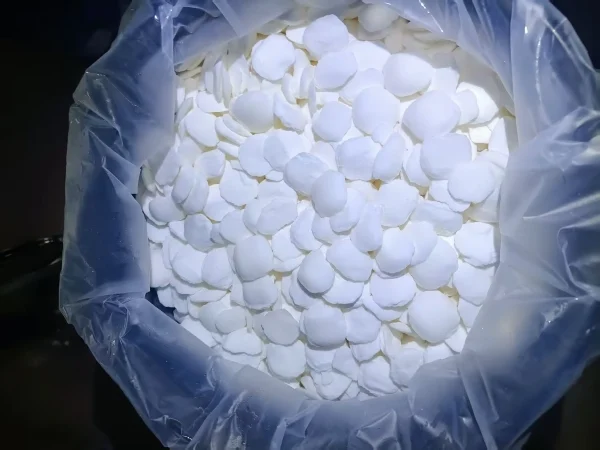
Introduction
Sodium cyanide leaching is a widely used method in the gold mining industry to extract gold from ore. However, the efficiency of gold recovery in this process is influenced by several key parameters. Understanding these parameters is crucial for optimizing the leaching process, increasing gold recovery, and reducing production costs. This article will delve into the main factors that impact the Gold recovery rate during Sodium cyanide leaching.
Grinding Fineness
Before the cyanide leaching process, gold ore needs to be pretreated, with grinding being a key step. The purpose of grinding is to achieve the monomer dissociation of gold, separating it from gangue minerals as much as possible. When the gold in the ore is finely embedded or encapsulated, an appropriate grinding fineness is essential. If the grinding is too coarse, the gold particles may not be fully exposed, resulting in incomplete leaching and a low gold recovery rate. On the other hand, over - grinding not only increases the cost of grinding but also brings some negative impacts. Over - ground particles may introduce more leachable impurities into the leachate, which can react with the cyanide solution, leading to the waste of cyanide. Moreover, over - grinding can cause difficulties in solid - liquid separation, and may also lead to the loss of dissolved gold. Generally, for gold ore with fine - grained natural gold, a grinding particle size of - 38 μm with a content ratio of 75% can ensure a better leaching effect while controlling the grinding cost.
Dosage of Sodium Cyanide
The amount of Sodium Cyanide added in the leaching process has a significant impact on the gold recovery rate. Within a certain range, the amount of cyanide is proportional to the leaching rate of gold ore pulp. When the cyanide content is low, the gold leaching effect is poor, and the leaching speed is slow. This not only increases the time required for leaching but also may result in incomplete leaching of gold, thus reducing the gold recovery rate. However, if the amount of cyanide is too high, after the leaching efficiency of gold reaches a certain level, the increase in the gold recovery rate will not be obvious. Instead, it will cause waste of cyanide and increase the production cost. For example, when extracting gold concentrate from gold ore with a fine - grained particle size, the Dosage of sodium cyanide is more suitable at 1.5 - 3.0 kg/t. In actual production, mining plants need to determine the appropriate amount of sodium cyanide according to the characteristics of their own ore and beneficiation tests.
Amount of Lime
Lime is added to the cyanide solution as a protective alkali. Cyanide ions in the solution have unstable chemical properties and are easy to volatilize as hydrogen cyanide gas, which will cause the loss of the sodium cyanide solution. By adding lime, the pulp can be maintained at a suitable alkalinity, which helps to improve the stability of the cyanide solution. According to test analysis, the leaching rate of gold is also significantly improved after adding lime. When the amount of lime added is 2 kg/t and above, the pH value of the pulp is between 11 - 12. and the leaching rate of gold in the pulp is relatively stable. However, if the amount of lime is too large, it may also have a negative impact on the leaching process, such as changing the physical and chemical properties of the pulp, which may affect the reaction between cyanide and gold.
Leaching Pulp Concentration
The concentration of the leaching pulp is a factor that directly affects the leaching speed and efficiency of gold. Generally speaking, when the concentration of the leaching pulp is low, the fluidity of the pulp is good, which is conducive to the contact between the cyanide solution and the gold particles, and thus the leaching efficiency of gold concentrate will be higher. However, this situation requires an increase in the amount of the added agent. At the same time, the size of the equipment and the investment cost will also increase. On the contrary, if the pulp concentration is too high, the viscosity of the pulp will increase, the fluidity will be poor, which will hinder the diffusion of the cyanide solution and the contact with the gold particles, resulting in a decrease in the leaching speed and efficiency of gold. For gold ore with a fine - grained particle size, the pulp concentration can be maintained at about 20% - 33% to ensure a good leaching effect. In actual production, mining plants can appropriately adjust the concentration according to the specific situation, but it should not be too high.
Leaching Time
The leaching time is also an important factor affecting the gold recovery rate in the cyanidation process. Selecting an appropriate leaching time can ensure that the gold particles are fully dissolved. However, during the dissolution of gold particles, other impurities in the pulp will also continue to dissolve. As the leaching time prolongs, the continuous dissolution and accumulation of these impurities may interfere with the dissolution of gold, and even inhibit the leaching of gold. In addition, a too - long leaching time requires the configuration of larger leaching equipment and sites, which will increase production costs. For gold ore with a fine - grained particle size, it is better to keep the cyanidation leaching time at about 4 hours. If the leaching time is more than 24 hours, the leaching of gold is likely to be inhibited, and the gold ion concentration in the precious liquid will also decrease.
Conclusion
In the Sodium cyanide leaching process for gold extraction, parameters such as grinding fineness, dosage of sodium cyanide, amount of lime, leaching pulp concentration, and leaching time all play crucial roles in determining the gold recovery rate. Mining plants should conduct detailed beneficiation tests according to the characteristics of their own ore to optimize these parameters. By doing so, they can not only improve the gold recovery rate but also reduce production costs and environmental impacts, achieving sustainable development in the gold mining industry.
- Random Content
- Hot content
- Hot review content
- Polyethylene Glycol PEG - 2000/4000/6000/8000 alcohol ethoxylate surfactant
- Flexible Customer and Supplier Relations Specialist:Location: Laos
- IPETC 95%Metal sulfide mineral collector Z-200
- Sodium Metal, ≥99.7%
- Featured Poducts Sodium Cyanide
- Citric acid-Food Grade
- Triethanolamine(TEA)
- 1Discounted Sodium Cyanide (CAS: 143-33-9) for Mining - High Quality & Competitive Pricing
- 2Sodium Cyanide 98% CAS 143-33-9 gold dressing agent Essential for Mining and Chemical Industries
- 3Sodium Cyanide 98%+ CAS 143-33-9
- 4Anhydrous Oxalic acid 99.6% Industrial Grade
- 5Soda Ash Dense / Light 99.2% Sodium Carbonate Washing Soda
- 6Oxalic acid for mining 99.6%
- 7Reagent Grade/Industrial Grade Hydrochloric Acid min.31%
- 1Sodium Cyanide 98% CAS 143-33-9 gold dressing agent Essential for Mining and Chemical Industries
- 2High Quality 99% Purity of Cyanuric chloride ISO 9001:2005 REACH Verified Producer
- 3 High-Quality Sodium Cyanide for Leaching
- 4Powdery emulsion explosive
- 5Industry Grade Electron grade 98% Sulfuric Acid H2SO4 Sulphuric Acid Battery Acid Industrial Sulfuric Acid
- 6Colloidal emulsion explosive
- 7sodium hydrosulfide 70% flakes used Mining Industry


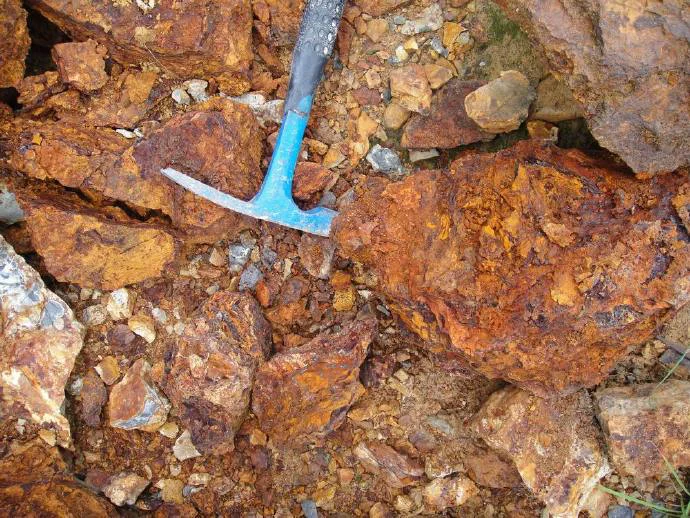
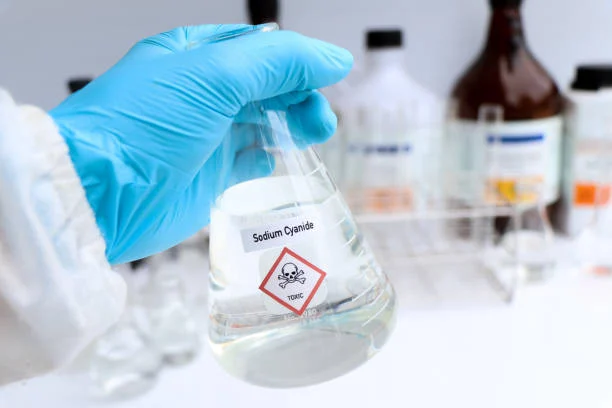
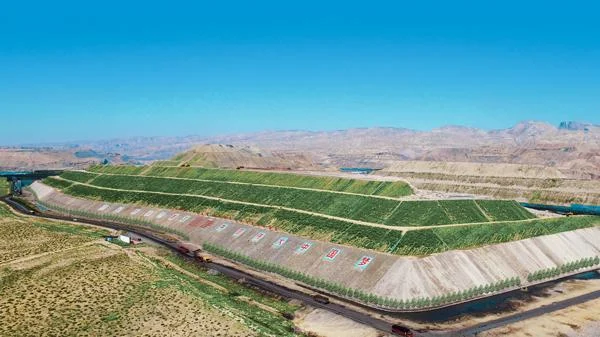
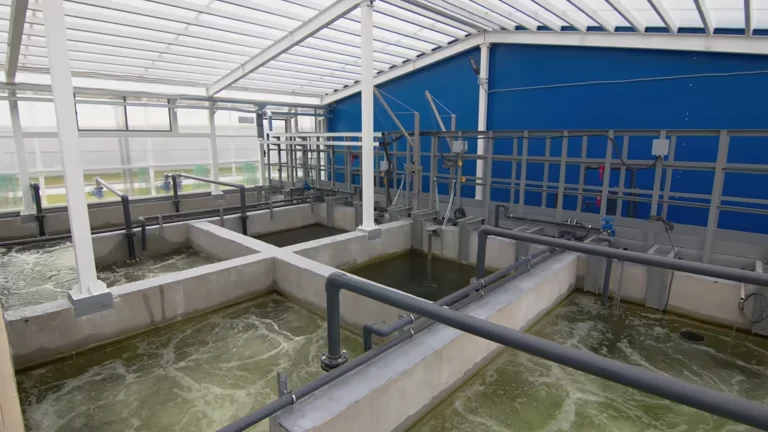
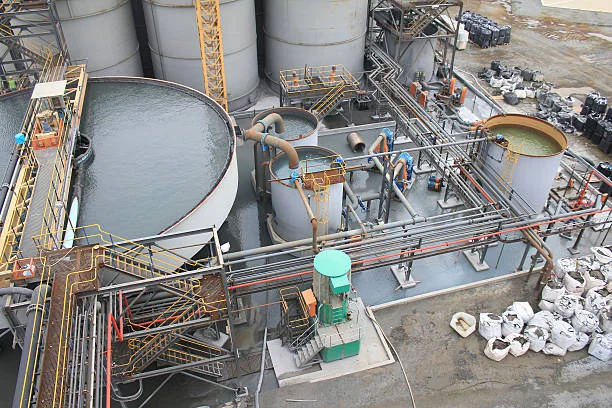
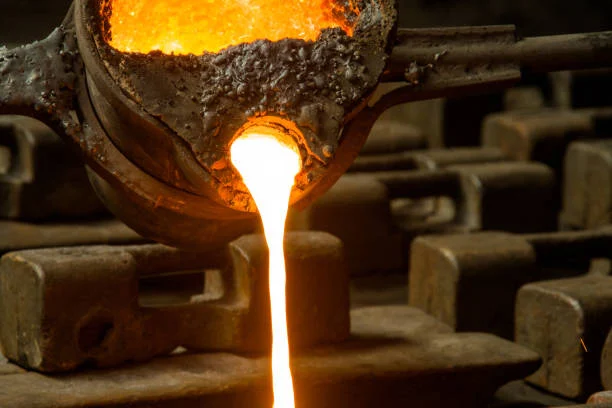




Online message consultation
Add comment: